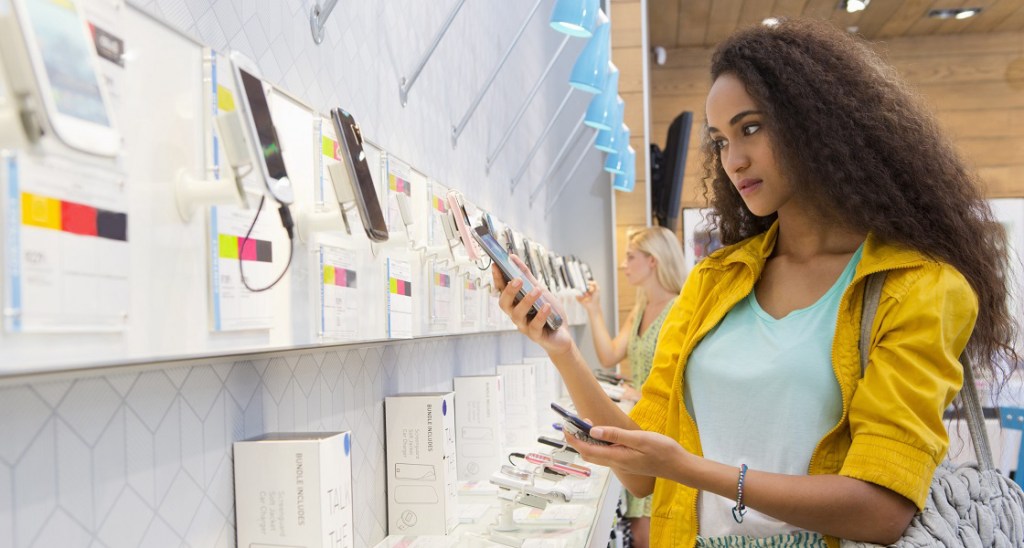How do brands – especially alcohol brands – ensure meaningful interactions with consumers, when lockdown restricted people to online buying, or via grocery stores and supermarkets? During lockdowns and the ongoing social distancing, people no longer interacted with brands in the same away – and that has changed their purchase journey going forwards.
What were alcohol brands doing during lockdown?
For alcohol brands, the closure of pubs and bars made it hard to find creative consumer touchpoints through which to build engagement and recall, and make their brand stand out amongst the wide competition in online stores. Advertising online or through TV needed additional boost – so, how did alcohol brands use creative touchpoints to capitalise on people staying home more?
Some brands hosted cocktail hours on social media, with live demonstrations of how to make different cocktails using their products. The engagement in these was strong – with Campari’s Instagram, featuring Hollywood Actor Stanley Tucci making a Negroni cocktail, grossing over 900,000 views.
Another strong example was Brewdog, which jumped on the high media coverage and public debate around Dominic Cummings’s visit to Barnard Castle. Brewdog launched a limited-edition beer called Barnard Castle Eye Test – the name being chosen by Brewdog’s twitter followers, after the founder, James Watt, asked for ideas for a name for the beer. The demand for this limited-edition beer has been so high, selling over 600,000 cans, that Brewdog have announced that they will produce more.
Bacardi also trialed creative new partnerships, to help promote their products during lockdown. They linked up with home-delivery companies like Deliveroo so that people could order professionally made cocktails from local bartenders, using Barcardi’s products. In an interview with CNBC, Francis Debeucjelaere (Bacardi’s Regional President of Europe and Oceania) mentioned “…the behaviours of people will change, and this is something to stay…”, in relation to Barcardi’s trials of cocktail deliveries. Bacardi are now working on what this will look like, with restaurants and bars now re-opened, but limited by social distancing.
Are we looking at sustained new patterns for consumers’ alcohol purchase journeys?
How will these creative breakthroughs, and the new consumer experiences around in-home drinking, affect the consumer journey going forwards, both on and off trade?
70% of Brits have experienced problems finding certain products, brands or variants that they wanted, while shopping. So what are brands doing to counteract this?
Sam Rhodes, Marketing Director, Asahi UK, says: “With hard to come by home delivery slots and a surge in popularity of online shopping, we wanted to ensure fans of our most popular brands weren’t kept waiting and could still enjoy their favourite premium lager and cider, at home, delivered with speed.” Asahi therefore announced the launch of their new premium online bottle shop – cutting out the supermarket ‘middleman’. Could this be a way forward for alcohol brands, to make sure they have control in ensuring their products can always reach their consumers?
Another thought is the government’s ‘Eat out to help out’ campaign, which has had huge public take-up. Even though it doesn’t include alcoholic drinks, people may well be using the saving from the food to spend on an accompanying alcoholic drink.
As Diageo CEO, Ivan Menezes, mentioned in an interview with CNBC, “as the pubs reopened a few weeks ago, we are seeing footfall back up to 60 to 70% …Guinness has gained share in the pubs….” This could indicate that consumers may have been missing certain products more than others – possibly those that are harder to achieve the same taste experience when poured at home, compared to professionally stored and poured.
Camden Hells Brewery experimented with a first-of-its-kind interactive TV advert, featuring a QR code. Consumers watching BT Sport and Channel 4 at certain times were able to scan the ad’s QR code to claim free 6, 12, and 24 packs of Camden hells larger. This advert was totally new concept and highly creative in using TV to interact with consumers, creating a great buzz about the brand.
Bacardi using a bartender or mixologist to create cocktails is another good example of an engaging touchpoint with the consumer. Bartenders have a strong influence on cocktail recommendations – so could the positive brand experience that they have had with Barcardi during lockdown mean they make more recommendations for Bacardi products? Or will the products consumers have been purchasing for home consumption be their preferred choice even when they venture back out into bars? Understanding this and the new normal in the consumer journey will be vitally important going forward.
Final Thoughts
Brands will need a clear view of how consumers were purchasing their preferred products before and after lockdown, and which of these changes in buying behaviours and brand preferences people are going to hang onto.
- Has brand loyalty been impacted? If so, why did they do they chose the product they purchased? If consumer couldn’t purchase their favourite product, did they pick a more expensive or cheaper alternative? And did they end up preferring that alternative going forwards, or keep looking around?
- What channels have consumers interacted through and which ones were most effective? Brands will need to understand did consumers interact with them through social media and then where did they make their final purchase.
- Now more than ever brands will now need to make sure consumers are engaging with them, making sure they recognise their most engaging touchpoints and how to turn this is into a positive brand experience.
Consumers will remember the positive brand experiences they’ve had in lockdown. From purchasing the Barnard Castle Eye Test (not just a fun name; it also tastes great!) as a new consumer or remembering learning to mix a perfect Negroni cocktail on a hot summers evening, consumers will associate these with their own personal history. As Daniel Kahneman states in his book Thinking Fast and Slow “The remembering self…keeps scores and makes the choices.”



